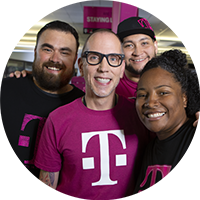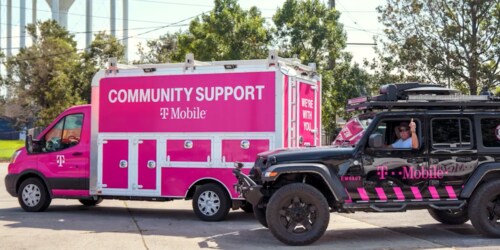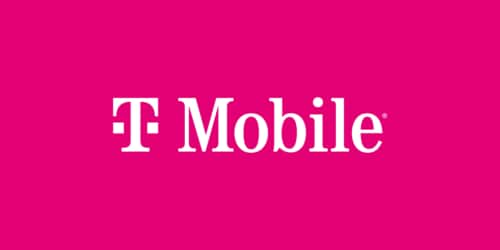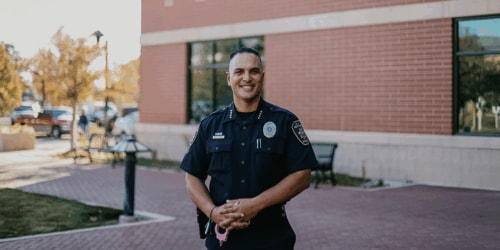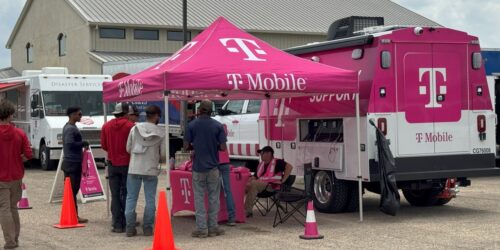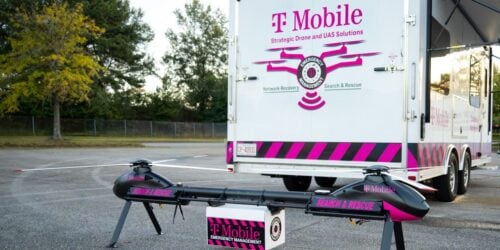A record 18 storms and hurricanes made landfall in 2020 and 2021, with the Gulf Coast being hit particularly hard. Louisiana has been a major target, seeing four hurricanes and two tropical storms strike its coast since the start of the 2020 season.
Two of those, Laura and Ida, were actually among the strongest recorded hurricanes in the state’s history. (Ida, Laura and the 1856 Last Island hurricane are considered the most powerful on record.)
To put it into context, most recently, Ida was a strong Category 4 storm with 150 mph winds when it made landfall. In comparison, 2005’s Katrina actually weakened before landfall and struck Louisiana as a Category 3 storm with 127 mph winds. The death toll and destruction was far worse for those who endured Katrina, but Ida was in a sense more of a natural disaster than Katrina, the latter of which has been viewed as a devastating man-made disaster related to the hurricane due to levee failures.
Damage from Hurricane Ida is being projected as high as $95 billions of dollars. Due to its intense winds, the loss of power and connectivity was widespread and potentially fatal for those who had literally weathered the storm or were trying to return home. T-Mobile’s T-Studios team interviewed a number of the company’s emergency response members in the areas most affected by Ida, to understand how they came together to restore power and service to those most in need. You can watch the resulting video below, where they describe how the teams were able to repair some 250 cell tower tops, restore power to some 300 cell sites and work with hundreds of T-Mobile volunteers to supply devices and support to a community ravaged by Mother Nature. We also include a few extra poignant quotes below the video, to tell the full story of how T-Mobile came together when a community needed it most.
Take a look and get to know members of T-Mobile’s Louisiana crew:
- David Ide — Director, Network Engineering and Operations in the New Orleans Metropolitan Market
- Tommy Vice — Manager, Engineering Field Operations
- Clay Arceneaux — Field Technician, Technology
- Freddy Gonzalez — Senior Field Technician, Technology
- Rock Rockenbaugh — Field Technician, Engineering and Operations
Every Hurricane Is Different, but Ida Was Very Different Because Of Its Wind Speed
David: Although we do a great job of planning and preparation for storms, the storms seem to get a little bit stronger here lately. Hurricane Ida was a category four storm and it had over 150-mile-an-hour winds. There was a huge wind event and that impacted not only power outages, but also our telco lines. And something that a lot of storms don’t do that Hurricane Ida did was damage our tower tops. A lot of our antennas and radios are on top of the towers, and those were extensively damaged in this storm.
Tommy: I’ve been with T-Mobile almost 16 years and I can’t even tell you how many storms we’ve been through, whether it’s a small Category 1 hurricane or big one like Ida. But each one presents a different challenge, and if it’s going to hit a population center, we have a lot more cell sites in those areas than we do in rural. So it’s a lot more sites to get into and check on first, generators to check on and then fueling-up their tanks.
Clay: We have storms where the rain is worse than the wind and the problem is flooding, so it’s harder to get to the sites. You have to take boats in. Some of the sites are underwater. We had 300 sites down the day after Ida and it was just a full recovery, and we had a lot of down sectors. Power outages are a big struggle because of the wind.
Freddy: The wind damage was definitely the big thing for this Ida storm. More than anything were problems from the trees. We had to take a road going up on the highway, on the interstate. I’ve never seen that, trees just covering the interstate. We had crews cleaning up as best as they could, just to zigzag to get to the destination.
Over 250 Cell Tower Tops Needed Repair After Ida Hit
Rock: When service was down, people would have to leave and drive nearly to New Orleans to get phone service, just to call their loved ones, and some of them couldn’t leave because their vehicles were destroyed, their homes were destroyed and they couldn’t even call for help. All they could do was sit there and wait. It was really satisfying that we got their service up. It was a sense of relief, because that’s what we’re there for, right? We’re there to bring the service back up, and we understand the importance of it. People can now communicate with their loved ones. It just it gives you pride too, you know, that you were able to get that service back up.
T-Mobile Donated $1.2 million in Phones and Chargers Throughout 28 Locations and Over 250 T-Mobile Volunteers Rallied to Keep Customers Safe and Connected
David: You know, it amazes me during every single storm the amount of employee volunteers that we have that come from all over the different regions. These people come in and they volunteer their time and I think the camaraderie that they have is motivating. I was in the military, I’m a veteran, and it’s similar to being deployed overseas. You have one another’s back. You’re there for a single mission and that is to bring up our network for our customers. And what motivates us is, when we do that and that technician is on a site and he turns that site back up on air and we then get in the truck and drive just, not even a mile down the road, and we see people on their phones and making phone calls to their loved ones. That is motivating when they stop our vehicles and say, “Hey, thank you for going out there and helping us.”
Freddy: Our employee volunteer teams, what we call EVTs, are absolute heroes. These field technicians and engineers are basically signing up to go into harm’s way and restore our network. They have very long hours. They’re paid volunteers working sometimes 12, 13, 14-hour-long days and nights. They’re working in the elements. They’re selfless. They go above and beyond. These are the people that want to do it. No one’s asking them to come and help us. They raised their hand and said, “I want to be a volunteer, because I love helping others.” And I love the camaraderie that we have when we’re restoring the network and we’re part of a recovery. Employee volunteers are not only the ones in the field. We have employee volunteers that work in the emergency operation center. We have employee volunteers that are supporting at regional and headquarters. It takes a huge team to provide the level of support required to recover our network. Without our employee volunteers, it wouldn’t be possible.
One Team Together
David: T-Mobile and our employees take hurricane response and recovery very seriously. What we’re doing is we’re essentially saving people’s lives in some cases by turning a cell site up or down. And we’re doing everything in our power to get out to that cell site, understand why it’s down and figure out what assets that we have to bring to that cell site to get it back on air for our customers and for our community.
Tommy: T-Mobile goes above and beyond. We try to help the local communities out in any way they can. Whether that be providing generator power and giving phones so people can communicate. So they are getting into these communities and these locations and disasters and I know it’s not just the Gulf Coast and hurricanes. I know it’s forest fires out West and ice storms and tornadoes in the Midwest, and I see it and I know that’s what our company does and it makes me proud.
Read more about the incredible people who help T-Mobile stay ready for any kind of natural disaster and how exactly the company stays prepared by heading over to the T-Mobile Emergency Response Hub.
